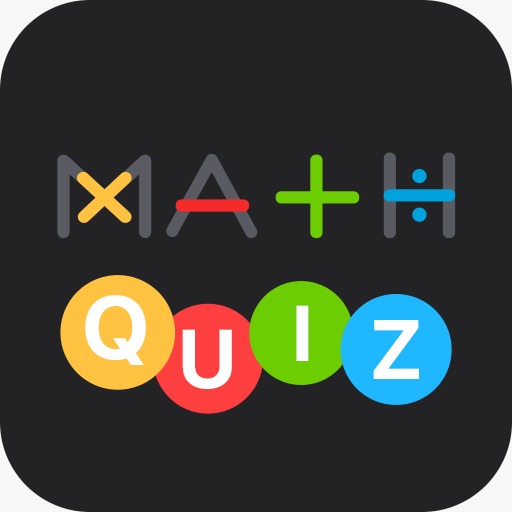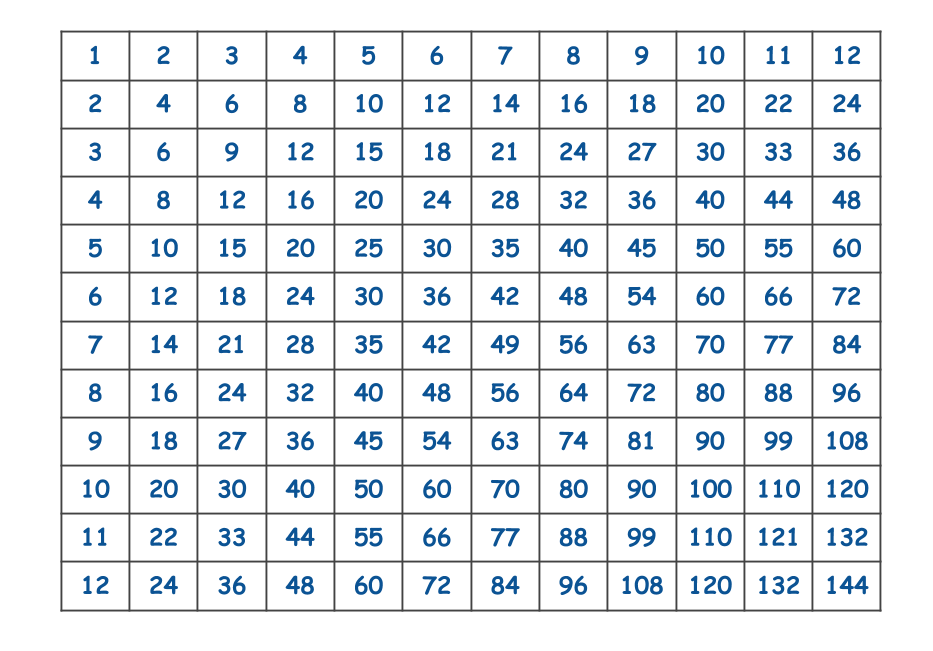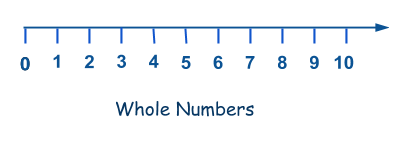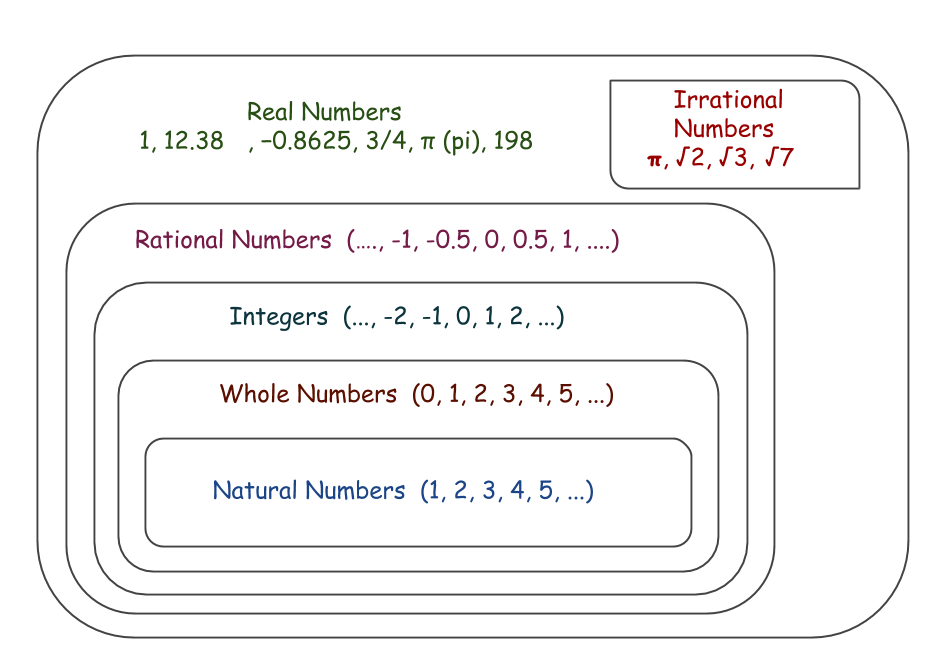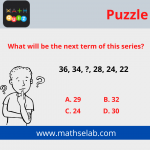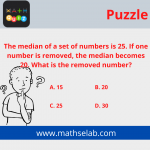Subtraction is an arithmetic operation that represents the operation of removing objects from a collection. The result of a subtraction is called a difference.
Subtraction is Marked by the minus sign (−).
For example of a subtraction problem is the following: 7 – 3 = 4.
Notice :- That there are three parts to the subtraction problem shown. The part you start with is called the minuend. The part being taken away is called the subtrahend. The part that is left after subtraction is called the difference. In the problem 7 – 3 = 4, the number 7 is the minuend, the number 3 is the subtrahend, and the number 2 is the difference.
When it comes to subtraction problems that require borrowing, students sometimes have a little trouble. For instance, this is a sample problem that requires borrowing:
28 – 19 = ?
As you can see, you cannot subtract 9 from 8. You will need to borrow one from the 2 so you can make the 8 an 18. When borrowing, you will make the 2 a 1.
28 – 19 = 09
Other names used in subtraction are Minus, Less, Difference, Decrease, Take Away, Deduct.
The names of the numbers in a subtraction fact are:
Minuend – Subtrahend = Difference
Minuend − Subtrahend = Difference
Minuend: The number that is to be subtracted from.
Subtrahend: The number that is to be subtracted.
Difference: The result of subtracting one number from another.
